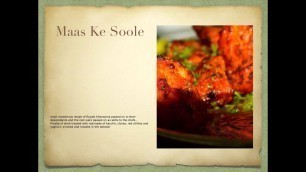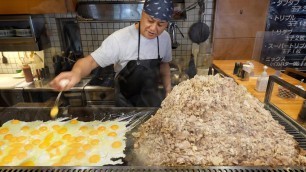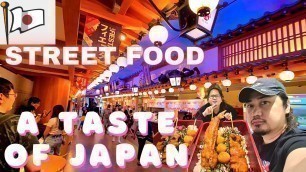

'0:10 Introduction 0:57 Changes in the Chinese Marketplace for food and wine 3:32 Opportunities in the food and wine market 5:29 Greatest challenges in the food and wine market 7:02 Differences in Chinese tastes and preferences for food & wine 8:40 Advice to Canadian SMEs looking to enter the Chinese market If you\'re a Canadian SME and have questions about doing business in China, please send us your questions by email at [email protected]. All services of the Trade Commissioner Service are FREE of charge to qualified Canadian clients. Can you tell us a little bit about your experience in China? I’m also a SME business owner. I have two parts of my business. In the first part, I do corporate training. That is etiquette training for Chinese and for Westerners. If I’m talking to Westerners, then I’m giving pre-departure trainings, localization sensitivity training, and also how to succeed in business in China. The second part of my business is actually related to my trainings because I’ve been a food and wine critic here in China since 2008 and I do a lot of food and wine consulting for foreign businesses that are coming to China. I work with Italian companies, Chilean companies and American companies that want to do business in China. What changes have you seen in the China marketplace concerning food and wine products over the years? When I first came to China in 2002, I first worked for a wine importing company. Back in those times, selling wine in China was actually quite easy. I was actually in charge of the east China hotel and restaurant sector, and it was just a matter of selling wine to clients. Nowadays, fast forward 13 or 14 years, the marketplace has many more players, many more wine importers in the market, especially in first-tier cities. So, the competition is intense and selling wine is not as easy as before. I would say that in the big-tier cities such as Beijing, Shanghai and Guangzhou, the market is probably saturated. However, I think that in the second-tier and third-tier cities there are still opportunities. Likewise, for food industries, back in 2002 when I first came there weren’t that many imported food products. I’ll just give you a prime example of avocadoes. When I first came to Shanghai in 2002, buying one avocado cost me about 80 yuan because it was all flown in, air freighted, and there wasn’t that much demand. Until probably about 2009, when then market opened, and now I would say 95% of the avocado market was from Mexico. The price have dropped now and I can go to just about any fruit stand to buy a reasonably good avocado for between ten to 13 kuai. So, as you can see, in these 14 years the market has changed a lot. There are many more opportunities for imported food or wine to come to China, but that’s not just for one country. I would say it’s open to a lot of countries that want to come and do business in China, especially for those countries that have signed bilateral trade agreements with China who have a slight advantage in terms of import tax, etc. compared to other countries that haven’t signed bilateral trade agreements yet. But, having said that, opportunities are there and it’s just a matter of finding the right niche market. What are some of the opportunities in this market? As I said before, there are a lot of food and wine products that are coming into the Chinese market already, but I see a lack of marketing and education in the market. For example, ice wine—a couple of years ago I already see importers bringing in ice wine. Chinese consumers didn’t know what it was. It’s just a bottle, usually 375 ml, but they didn’t know what was inside. They tasted it and they said it’s too sweet. They didn’t know how it’s made and they tasted it once, and that was it. I think there should be more educational information about these products as to drink it, for example, how to pair it with Chinese food. In that sense, Chinese consumers won’t find it too sweet as when they drink it straight. Or whether it should be chilled or drunk room temperature…these all make a difference as to the taste of the product. For example, I’ve worked with Canada Beef, which is an organization that promotes Canadian beef in China. They do a series of educational informational sessions for the trade industry. However, the opportunities that I see actually are not just in trade. Obviously, it’s natural for them to touch the trade industry first so that the chefs and hotels know what the products are, but, ultimately, the final consumers that are going to buy these products –how do you distinguish grain-fed from grass-fed beef, what is sirloin versus rib eye, consumers are lacking in all this product information and I think there are opportunities here not just in selling your product, but also in the information behind your product, the culture behind your product, ...'
Tags: avocado , smoked salmon , chinese cuisine , maple syrup , Food and Wine , Food and Beverages , canada beef , China marketplace , ice wine , grain-fed beef , Embassy of Canada , Chinese taste , taste and texture , Canadian SME
See also:

















comments